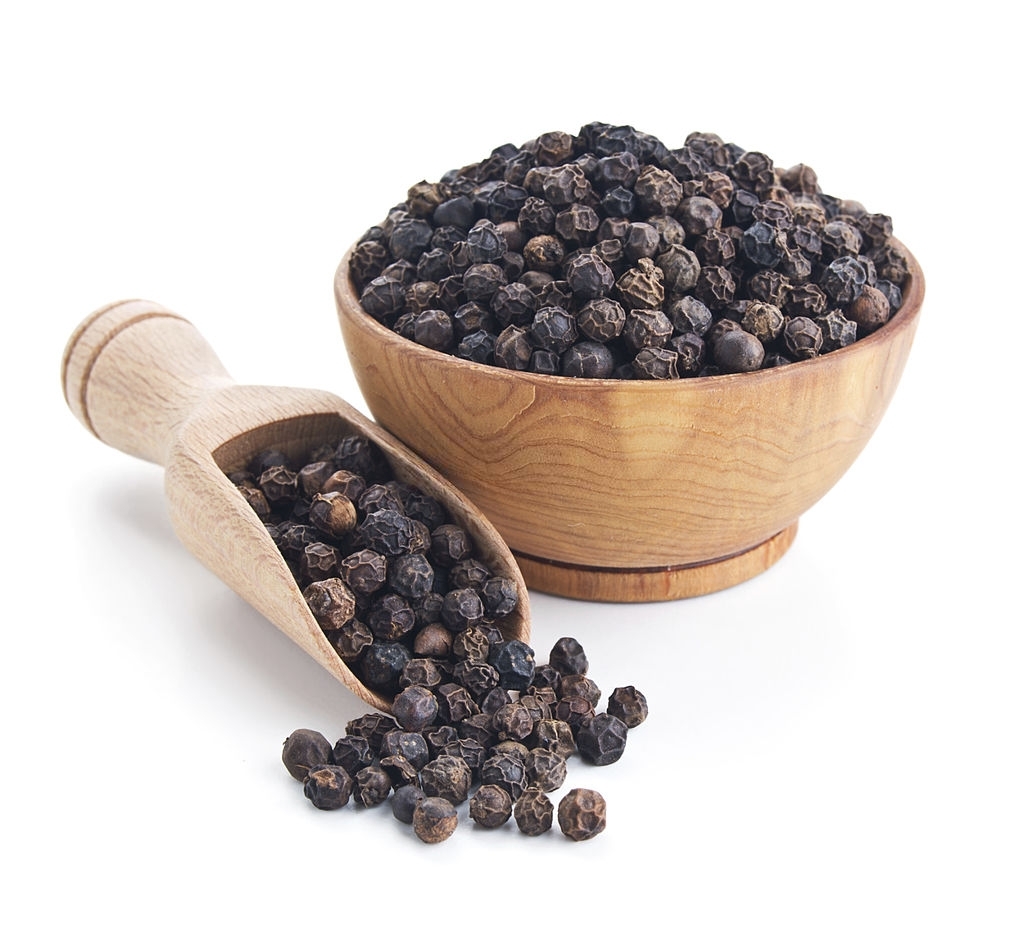NETI KRIYA
In Yogic and Ayurvedic sciences, there are certain purificatory/cleansing processes which are very useful for detoxifying the body and mind (please refer to our blog on “Detox/Cleansing Techniques” for details). In this article I will discuss the techniques, benefits, precautions, etc. of Neti Kriya. Neti is originally a










